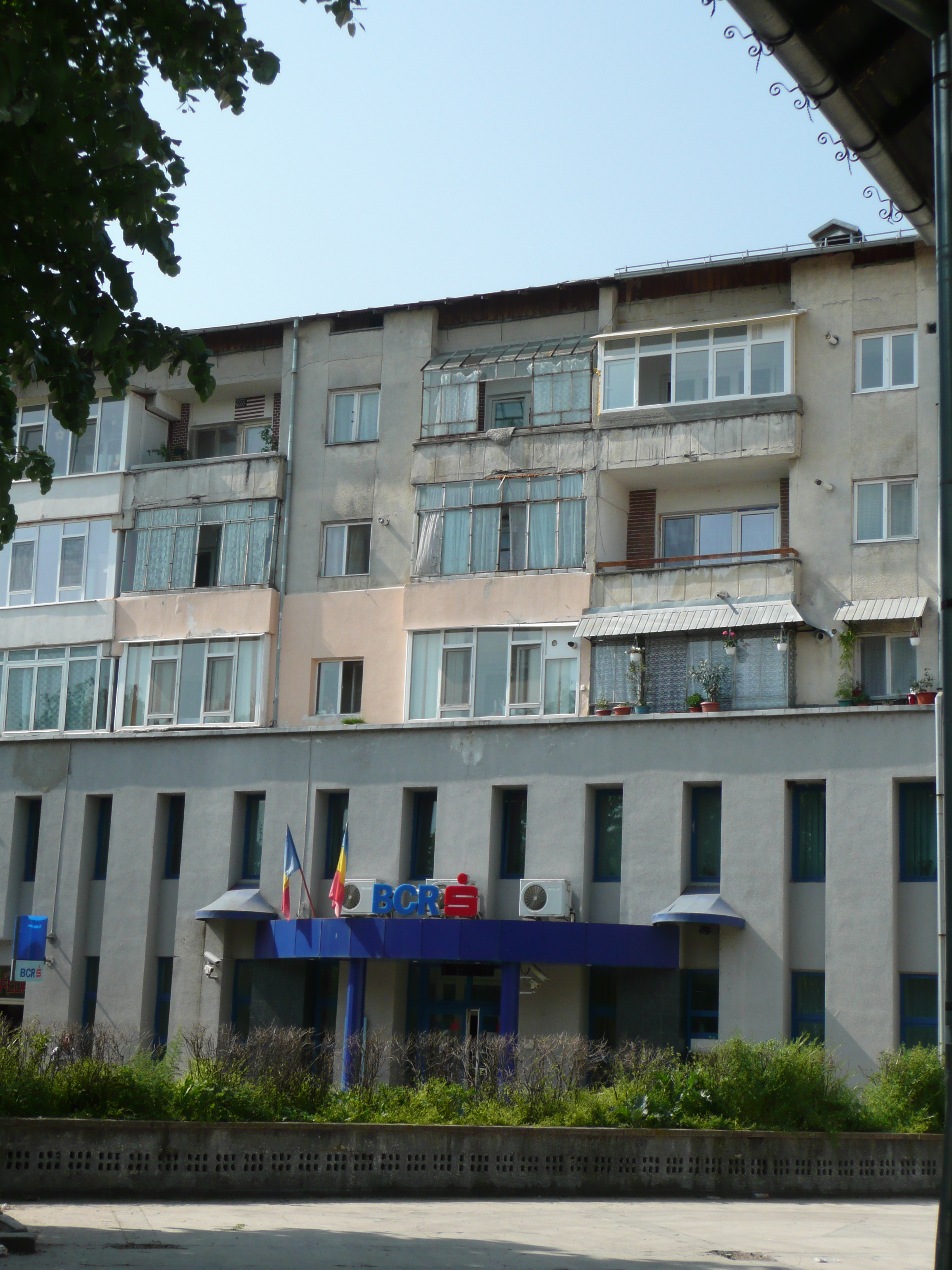THE EXPANSION OF AUSTRIAN BANKS INTO CEE AFTER 1989

Branch office of the Austrian S-Bausparkasse (Erste Bank) in Romania
Since the collapse of communism, foreign banks bought up roughly 80 per cent of all the banking business in the new Central European member countries of the European Union. The most successful banks were those that bought early. The markets were still relatively small, but growth rates were high, and so were profit margins. To many foreign financial experts it was a surprise who got in first. Germany was the region’s biggest trading partner, but German banks were busy at home with the shocks and costs of the unification of Germany. Somehow they left Eastern Europe to their small neighbour, Austria. Raiffeisen, a co-operative banking group, which had already expanded into Hungary before the coming down of the Iron Curtain in 1987, was in seven more countries by 1998. Even a little earlier, the banks making up Creditanstalt and Bank Austria, which merged in 1997 (BA-CA), first entered the market. BA-CA was bought by HVB of Germany in 2000, which was in turn bought by UniCredit of Italy in 2005. In both acquisitions the BA-CA’s business divisions in Central and Eastern Europe were the big prey the predators were after. The third Austrian bank to join in the rush was Erste Bank with its purchase of Ceska Sporitelna, a Czech bank, in 2000.…
